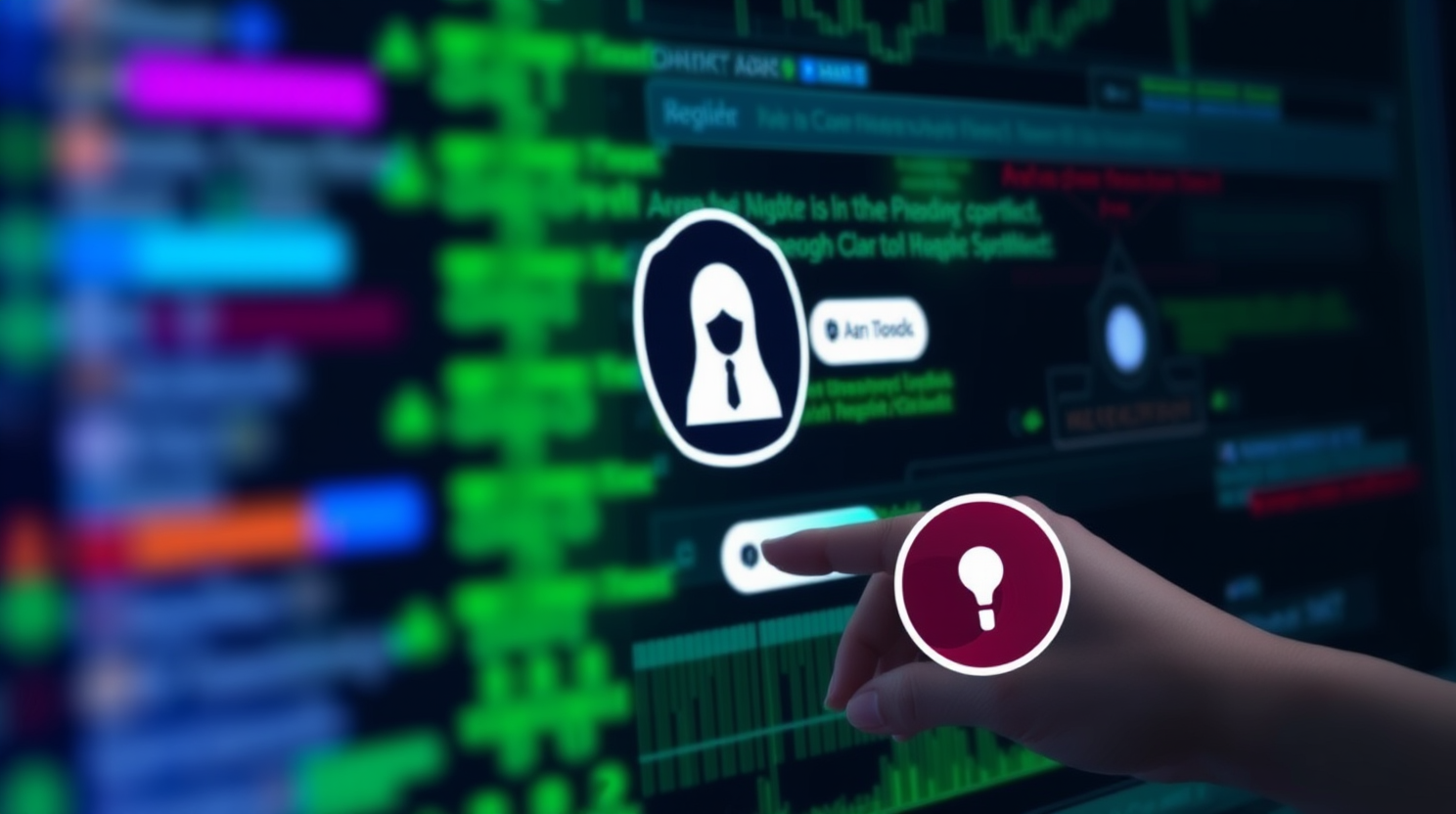Ethical Cybersecurity: Balancing Innovation, Privacy, and Security in the Cloud-First Era

In the face of escalating ransomware attacks such as Akira and Ryuk, global organizations found themselves grappling with a new dilemma: implementing robust security measures while avoiding unintended consequences. This conundrum, according to Romanus Prabhu Raymond, Director of Technology at ManageEngine, underscores the significance of ethical cybersecurity practices in 2025.
In an exclusive interview prior to his presentation at Amsterdam’s Cyber Security Expo, Raymond discussed how leading organizations are transcending the traditional security-versus-privacy paradigm and why those embracing this “trust revolution” can revolutionize enterprise security.
The cybersecurity landscape is undergoing a transformation due to high-profile breaches, evolving regulatory frameworks, and the integration of AI into security systems. Organizations now face critical questions concerning innovation and responsibility, privacy and security, and automation versus human oversight.
Ethical cybersecurity, as explained by Raymond, extends beyond conventional defense strategies. “Ethical cybersecurity is about applying security practices responsibly to protect organizations, individuals, and society at large,” he asserted during our interview ahead of his presentation titled “The Ethical Imperative: Balancing Risk, Innovation, and Responsibility.”
In today’s cloud-first environment, security no longer serves as a competitive differentiator but is considered a fundamental expectation. What sets organizations apart is their ethical approach to data handling and security implementation.
Raymond uses the analogy of installing security cameras in public spaces while respecting private areas to illustrate the need for cybersecurity adherence to similar principles. ManageEngine embodies this philosophy through an “ethical by design” approach, ensuring that fairness, transparency, and accountability are embedded into every product from conception.
The company’s stance on customer data underscores this commitment: it neither exploits nor monitors customer data, maintaining that it belongs solely to the customer.
Balancing innovation and risk management presents a significant challenge for modern organizations. Overemphasizing innovation without adequate safeguards may lead to data breaches and compliance violations, while overemphasis on risk mitigation could hinder an organization’s ability to compete in evolving markets.
The “trust by design” philosophy encourages responsibility and accountability at every stage of development, enabling rapid innovation while maintaining compliance and ethical standards. When deploying critical components like endpoint agents, the company ensures new functionality inherently complies with industry standards and security requirements.
This approach extends to ManageEngine’s global operations. The company maintains datacenters worldwide that adhere to local privacy and regulatory demands, and trains every employee — from developers to support engineers — to handle customer data ethically. The company’s “trans-localisation strategy” ensures local teams serve local customers, fostering operational efficiency and cultural trust.
As AI becomes increasingly integral to cybersecurity operations, the ethical implications of AI-driven security solutions have grown more complex. Raymond acknowledges that AI is evolving from support roles to decision-making functions, raising questions about accountability, transparency, and fairness.
ManageEngine’s “SHE AI principles” — Secure AI, Human AI, and Ethical AI — address these concerns. Secure AI involves building robust defenses against manipulation and adversarial attacks. Human AI ensures human oversight remains integral to crucial security decisions, such as when an AI detects a suspicious endpoint, it escalates for human validation rather than automatically removing the device from the network.
This is particularly important in sensitive environments like hospitals or banks, where automatically blocking systems could lead to severe consequences. The Ethical AI component emphasizes explainability, ensuring that ManageEngine’s systems provide clear reasoning for their decisions. An alert might read: “The endpoint cannot log in at this time and is attempting to connect to an excessive number of network devices.” This transparency is essential for compliance and building trust in AI-driven security systems.
Maintaining the delicate balance between necessary security monitoring and privacy invasion represents one of the most critical aspects of ethical cybersecurity practices. While proactive monitoring is crucial for early threat detection, over-monitoring may create a surveillance environment that treats employees as suspects rather than trusted partners.
ManageEngine employs principles emphasizing data minimization, purpose-driven monitoring, anonymization, and clear governance structures. The company collects only the necessary information for security purposes, ensures every piece of data has a defined security use case, utilizes anonymized data for pattern analysis, and defines data access privileges and retention periods.
The framework demonstrates that security and privacy need not be mutually exclusive when guided by ethics, transparency, and accountability.
Raymond emphasizes that technology vendors must function as custodians of digital ethics, earning trust rather than expecting it unquestioningly. ManageEngine contributes to industry standards by promoting thought leadership, advocacy, and embedding compliance standards like ISO 27000 and GDPR into products from the start.
Raymond identifies AI-driven autonomous security and quantum computing as the most significant ethical challenges facing the industry. As security operations centers move toward full autonomy, questions of explainability and accountability become increasingly critical. Quantum computing’s ability to break traditional encryption threatens secure communication foundations, while technologies like biometrics raise privacy concerns if not managed carefully.
For organizations aiming to incorporate ethical considerations into their cybersecurity strategies, Raymond recommends three tangible steps: adopting a cybersecurity ethics charter at the board level, embedding privacy and ethics in technology decisions when selecting vendors, and operationalizing ethics through comprehensive training and controls that explain not just what to do, but why it matters.
As the cybersecurity landscape evolves, companies that will thrive are those that recognize ethical cybersecurity practices as the foundation for sustainable, trusted technological advancement, not as constraints on innovation. In the future, organizations must innovate responsibly and maintain human oversight and the ethical principles that digital trust requires.






